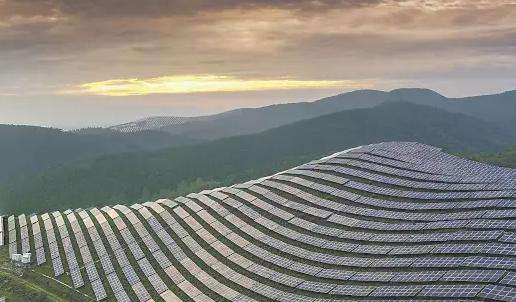MediaTek processors have backward manufacturing technology, are large in size, have high power consumption, and generate serious heat. Although the CPU has ten cores, it processes single tasks slower than other processors and will suffer from lags; MediaTek's GPUs are compared to Qualcomm's GPUs. The gap is relatively large, so overall it is a bit inferior. Recently, MediaTek's latest processor X30 has been exposed. It is made of 10nm process. Whether it is good or not needs to be evaluated.
Power supply whistling will not cause personal danger, but the danger of burning the power supply still exists. This should happen because there are components in the power supply that have poor performance, and the high load on the power supply causes it to whistle during the benchmark run. If possible, you can repair it. If it doesn't work, just replace it. Anyway, power supplies are not expensive now. When replacing, be sure to choose a higher rated power.
A power supply is a device that converts other forms of energy into electrical energy. The power source is based on the principle of "magnetic electricity", which is generated from renewable energy sources such as hydraulic power, wind power, ocean tides, dam water pressure differences, solar energy, etc., as well as burning coal, oil residue, etc. Common power sources are dry batteries (DC) and household 110V-220V AC power.
High-quality power supplies generally have multinational certification marks such as FCC, American UL, and China Great Wall. These certifications are professional standards for power supplies set by certification agencies based on technical specifications in the industry, including production processes, electromagnetic interference, safety protection, etc. Only products that meet certain indicators can use certification marks on packaging and product surfaces after applying for certification. Has a certain authority. Generators can convert mechanical energy into electrical energy, and dry batteries can convert chemical energy into electrical energy. Generators and batteries themselves are not charged. They have positive and negative charges at their two poles. The positive and negative charges generate voltage (current is formed by the directional movement of charges under the action of voltage). Charges are already present in the conductor, and current is generated. You only need to apply voltage. When the two poles of the battery are connected to a conductor, the positive and negative charges are released in order to generate current. When the charges are dissipated, the charges are discharged (pressure).














